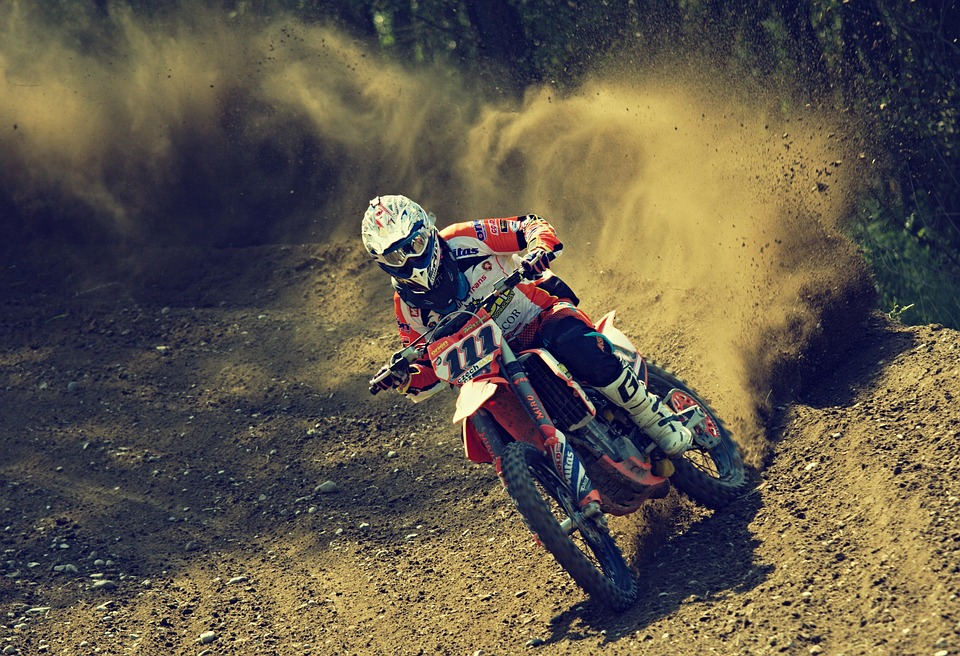The Science of Suspension: Understanding the Physics of Acrobatic Arts
Acrobatic arts have captivated audiences for centuries, showcasing breathtaking displays of human agility, strength, and grace. Whether it’s an aerialist soaring through the air, a contortionist bending in seemingly impossible ways, or a trapeze artist swinging from high above, the performances rely not just on skill and artistry but also on the principles of physics. Understanding the science of suspension helps us appreciate the complex interplay between gravity, force, and motion that makes acrobatic feats possible.
The Basics of Physics in Acrobatic Arts
At its core, acrobatics involves the manipulation of physical forces. The three primary forces at play are gravity, tension, and inertia. Let’s break each of these down to see how they influence acrobatic performance:
1. Gravity
Gravity, the force that pulls objects toward the Earth, is a constant companion for acrobats. Understanding gravity is crucial for performers who must both counteract its effects and use it to their advantage. For instance, when an aerialist executes a trick, they momentarily suspend themselves in the air, but gravity is always acting to pull them down. Successful aerialists learn to time their movements and incorporate jumps and falls into their routines in a way that maintains both safety and artistic flair.
2. Tension
In suspended performances, tension is a vital force. For example, in aerial silks, the performer’s weight creates tension in the fabric, allowing them to climb, wrap, and create mesmerizing shapes. This tension must be balanced with the weight of the performer to achieve stability and control. The angle of the silk, the grip of the performer, and the flow of movement all influence this balance. Understanding how to manipulate tension allows performers to defy gravity momentarily, creating the illusion of flight.
3. Inertia
Inertia, the tendency of an object to remain at rest or in uniform motion unless acted upon by a force, plays a critical role in acrobatic arts. When a performer swings on a trapeze, the principles of momentum and inertia govern their flight path. The initial push off the platform gives them momentum, but as they reach the peak of their swing, inertia ensures that they continue moving forward. Acrobats learn to harness this momentum to execute flips, twists, and other complex maneuvers.
The Physics of Motion
One of the most fascinating aspects of acrobatics is how performers use different types of motion: linear, rotational, and periodic.
Linear Motion
Linear motion refers to movement in a straight line. In acrobatic performance, this is often exemplified by the initial leap or jump off a platform, like when a gymnast launches off a vault. Calculating the trajectory involves understanding the angle of release, force exerted, and height of the jump—a balance that is crucial for precision landing.
Rotational Motion
Rotational motion involves spinning around an axis and is a common feature in many acrobatic disciplines. For example, a dancer or a gymnast can rotate their body while flipping mid-air. The distribution of mass and the performer’s axis of rotation play essential roles in these movements. The conservation of angular momentum explains why a tucked position allows for faster spins: by reducing the radius of their body, they maintain momentum, enabling multiple rotations in a shorter time frame.
Periodic Motion
Some acrobatic movements resemble periodic motion, where the motion repeats over a set period, much like a pendulum. In trapeze acts, performers often swing back and forth in a rhythmic pattern. The period of this motion can be influenced by the length of the trapeze and the performer’s body mass. Understanding how to time their movements with the swing not only enhances performance but also adds to the visual aesthetic of the routine.
Safety First: The Role of Physics in Acrobatics
Understanding the physics involved in acrobatic arts is not just about enhancing performance—it is also crucial for ensuring safety. Knowledge of gravitational forces, the limits of tension materials, and the mechanics of motion helps performers avoid injuries. Proper training incorporates these principles, allowing acrobats to plan their routines with an awareness of their capabilities and limits.
Conclusion
The art and science of acrobatics are deeply intertwined. By understanding the physics of suspension and motion, performers can push the boundaries of what seems possible, creating stunning displays of human artistry and athleticism. As audiences marvel at acrobatic feats, they can appreciate the hidden complexities that make each performance a harmonious blend of strength, skill, and science. Whether it’s the breathtaking ascent of an aerial artist or the soaring leaps of a gymnast, the principles of physics resonate in every stunning moment, reminding us of the intricate balance between art and the laws of nature.
For a deeper dive into the physics that underpin these incredible performances, further reading is available at [modern_footnote_source_link].


























Add Comment